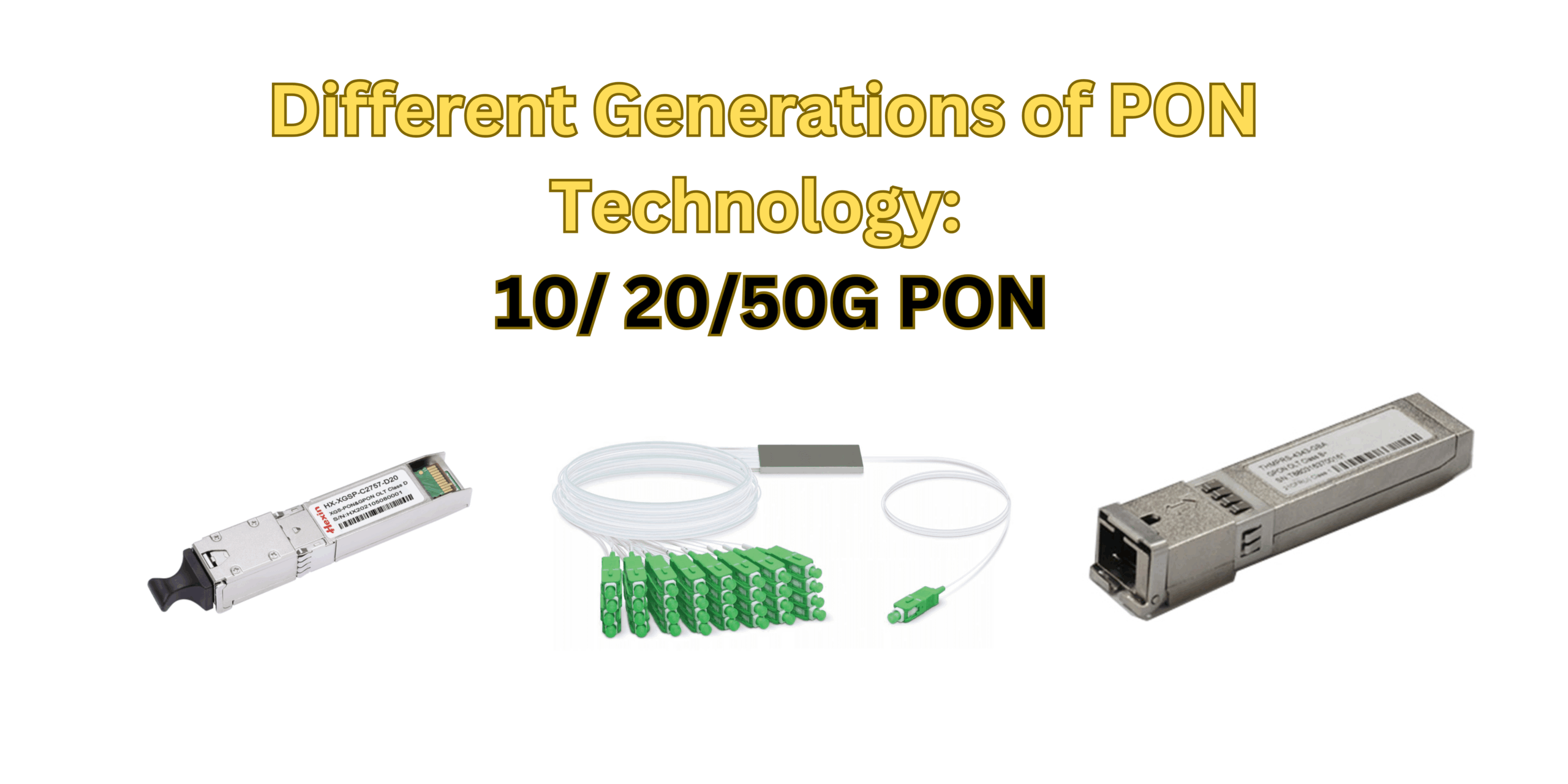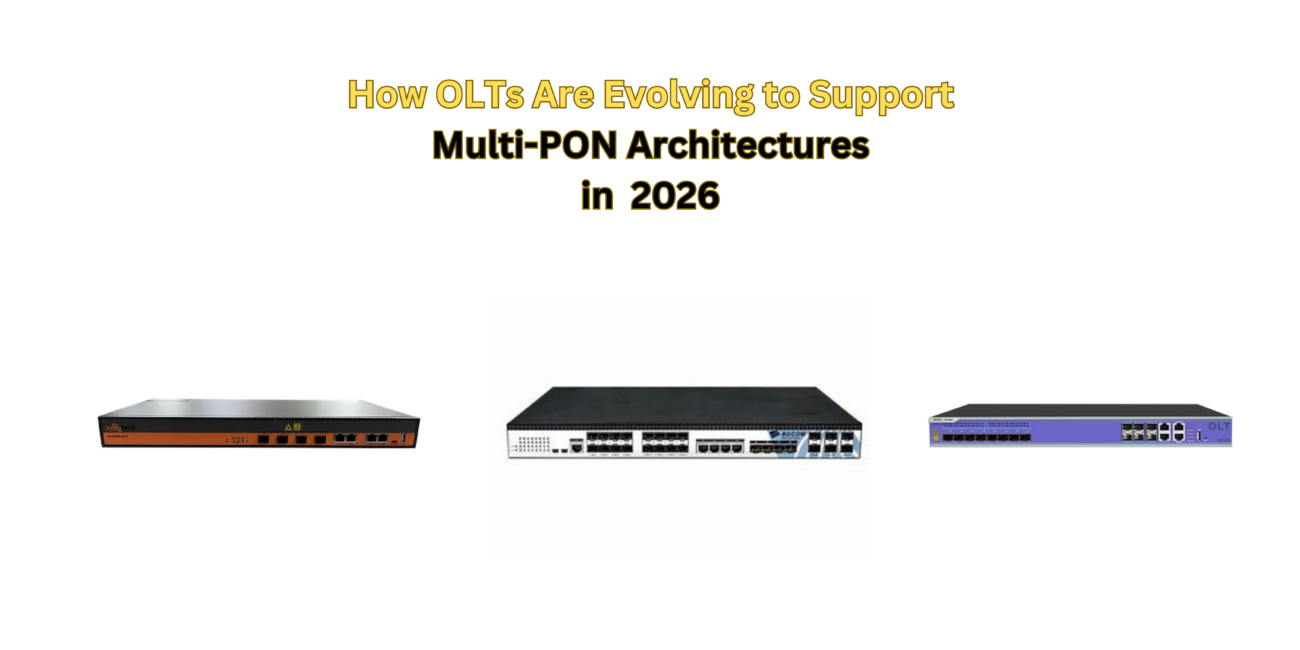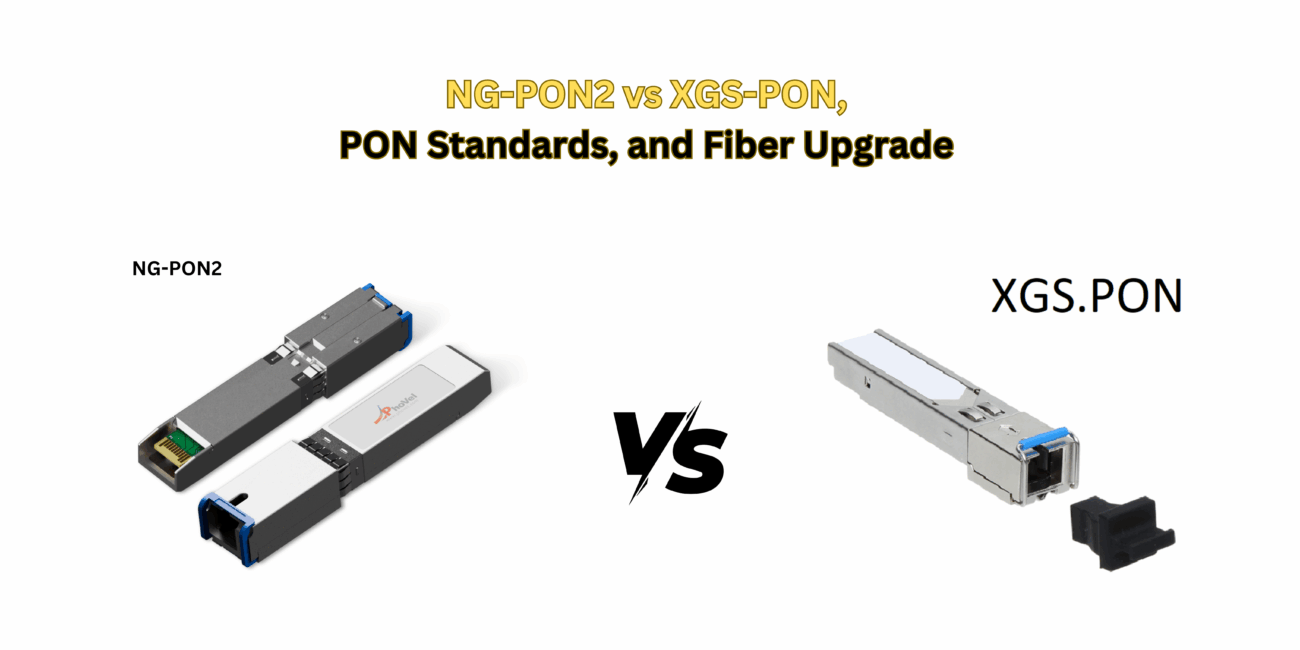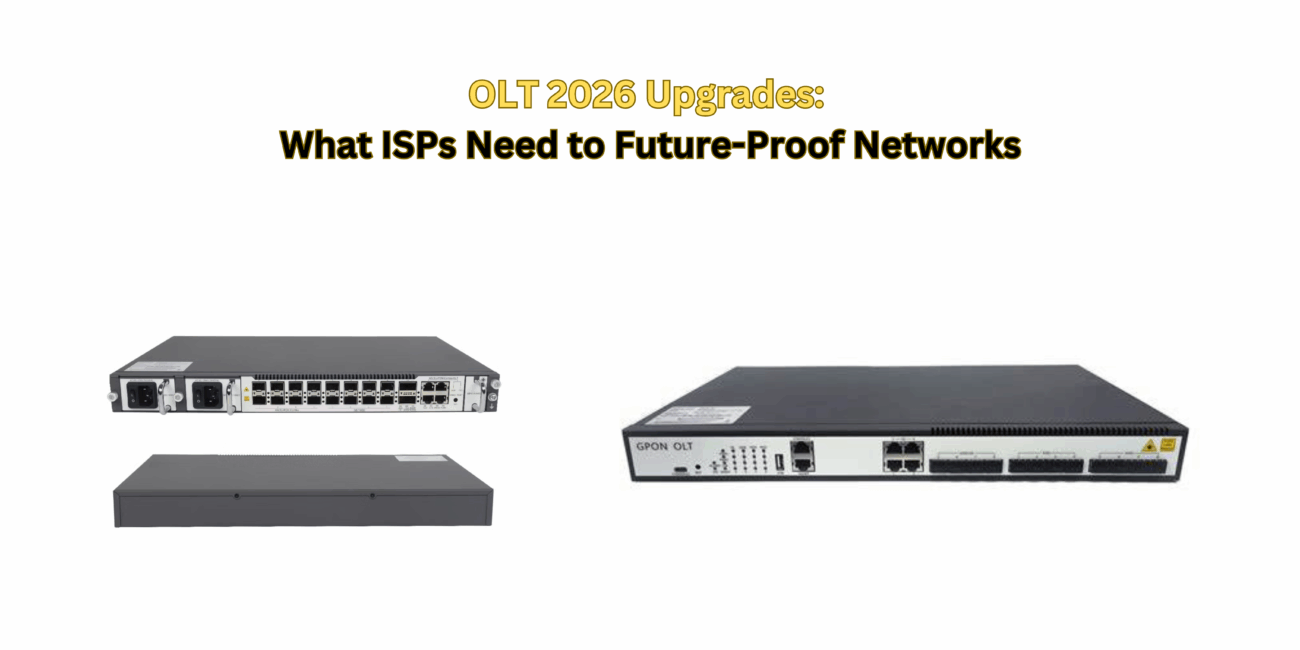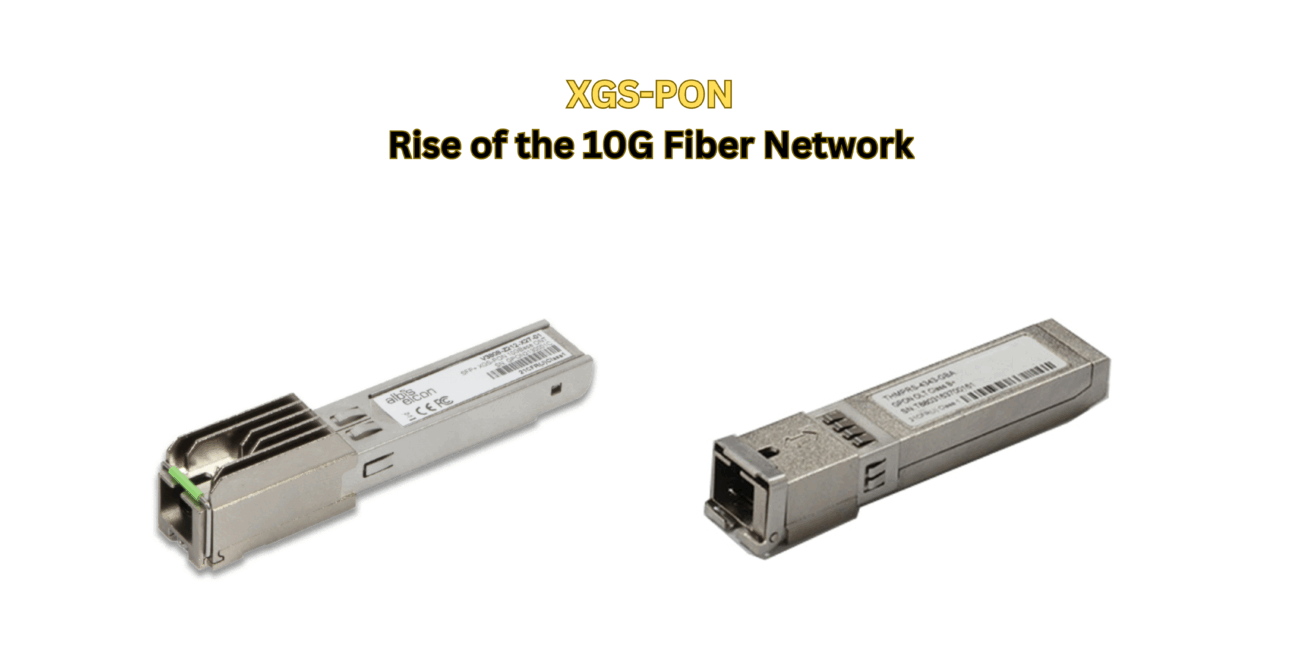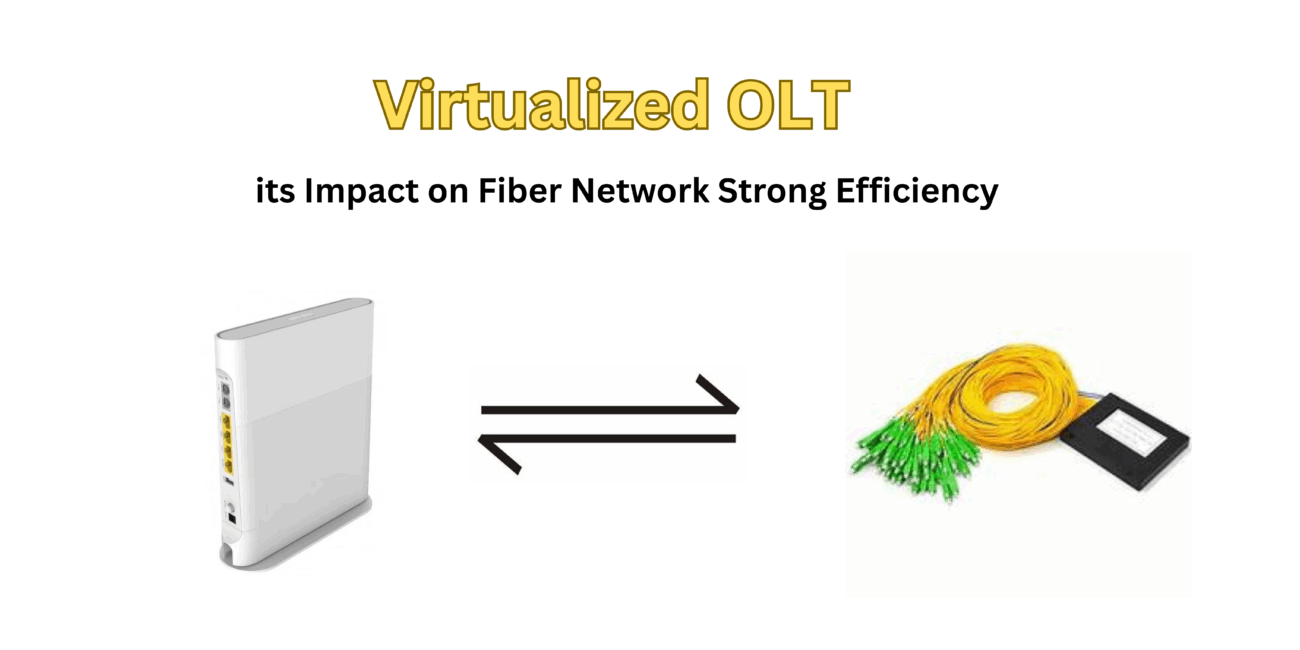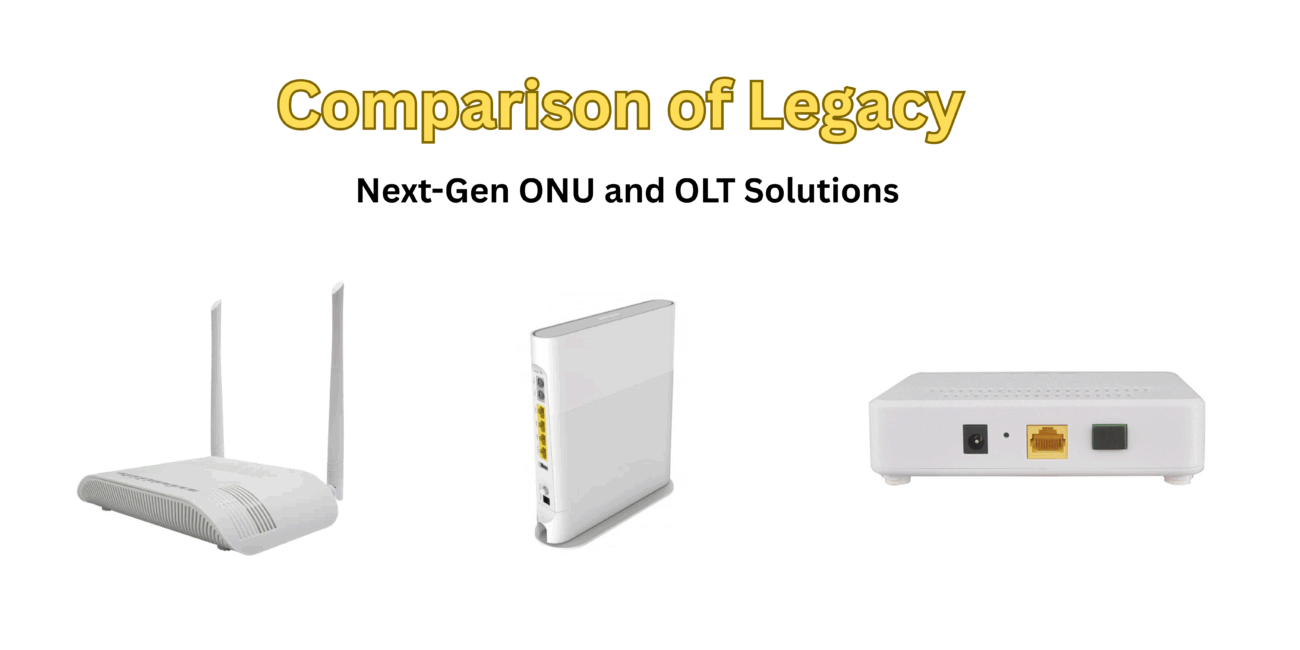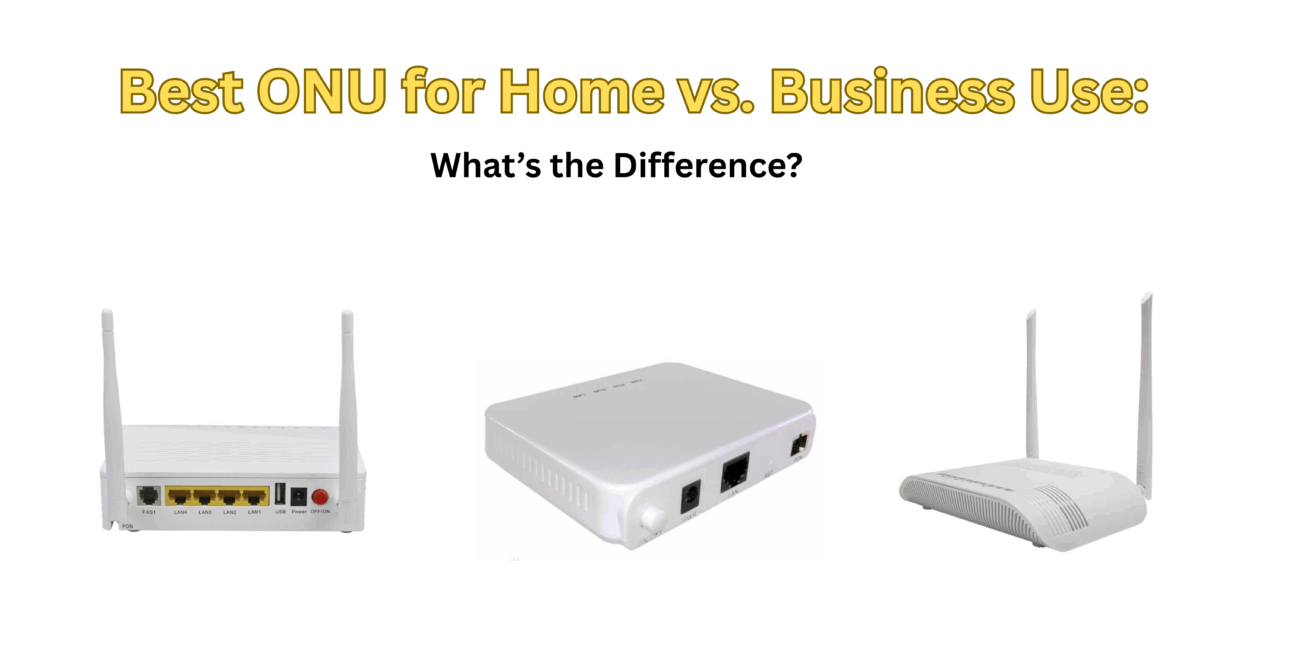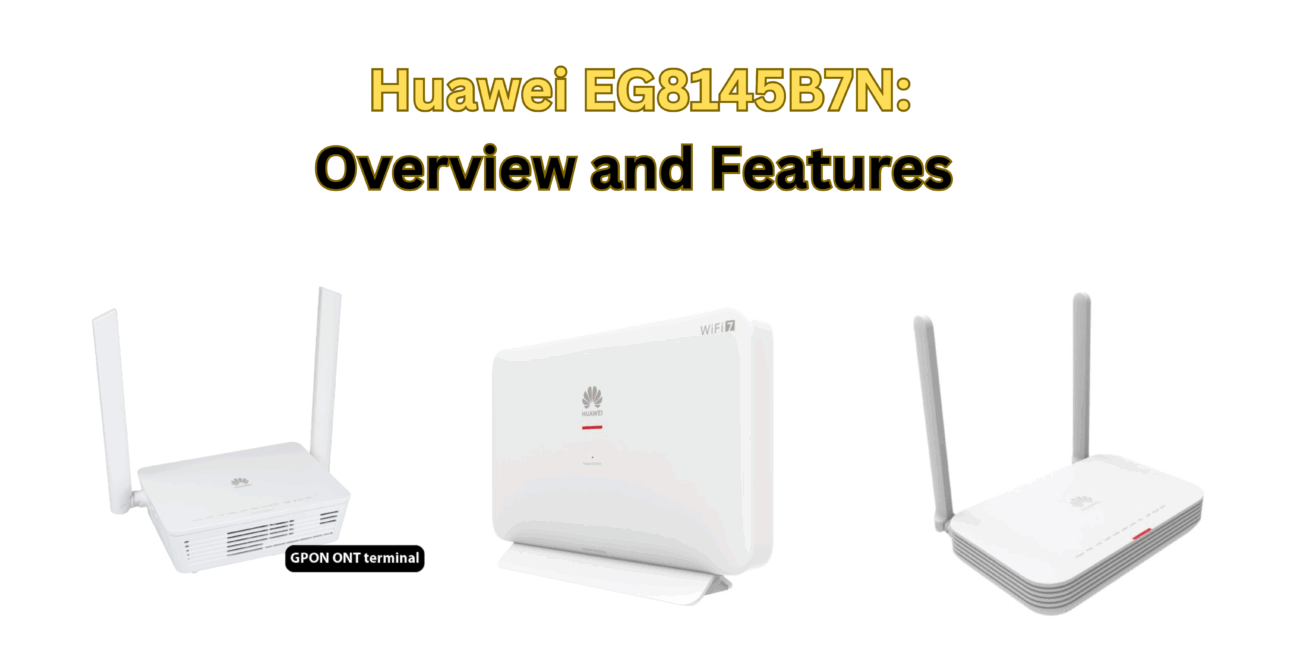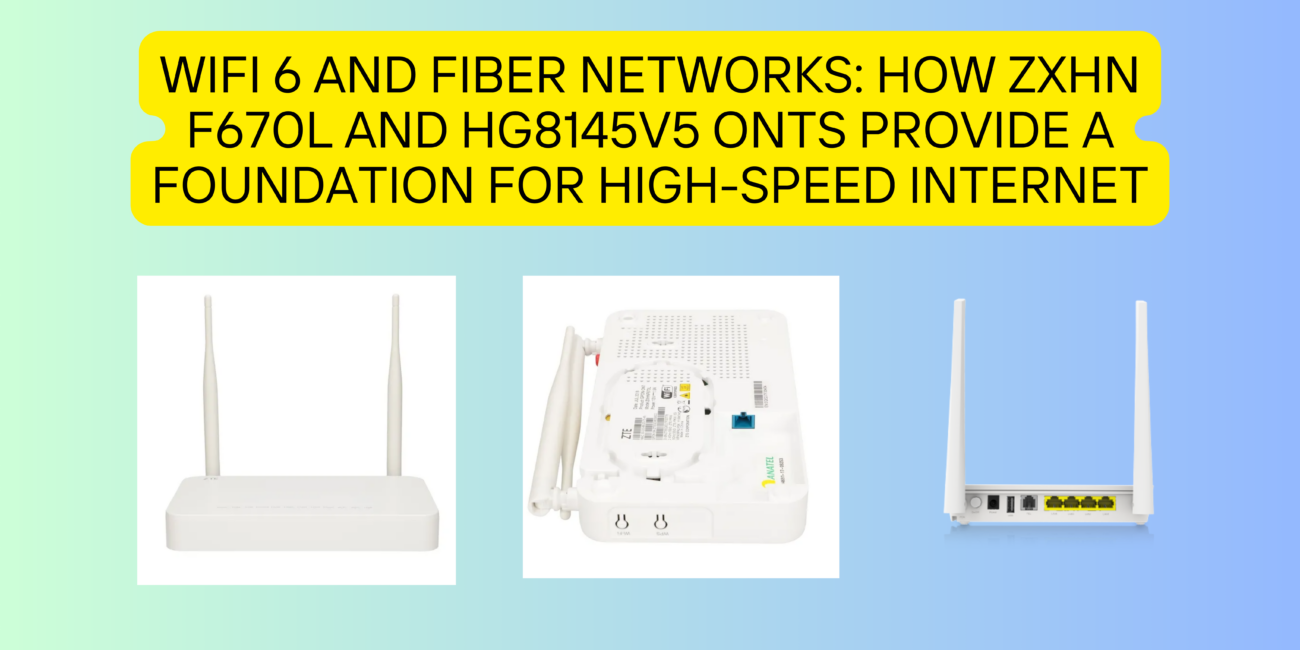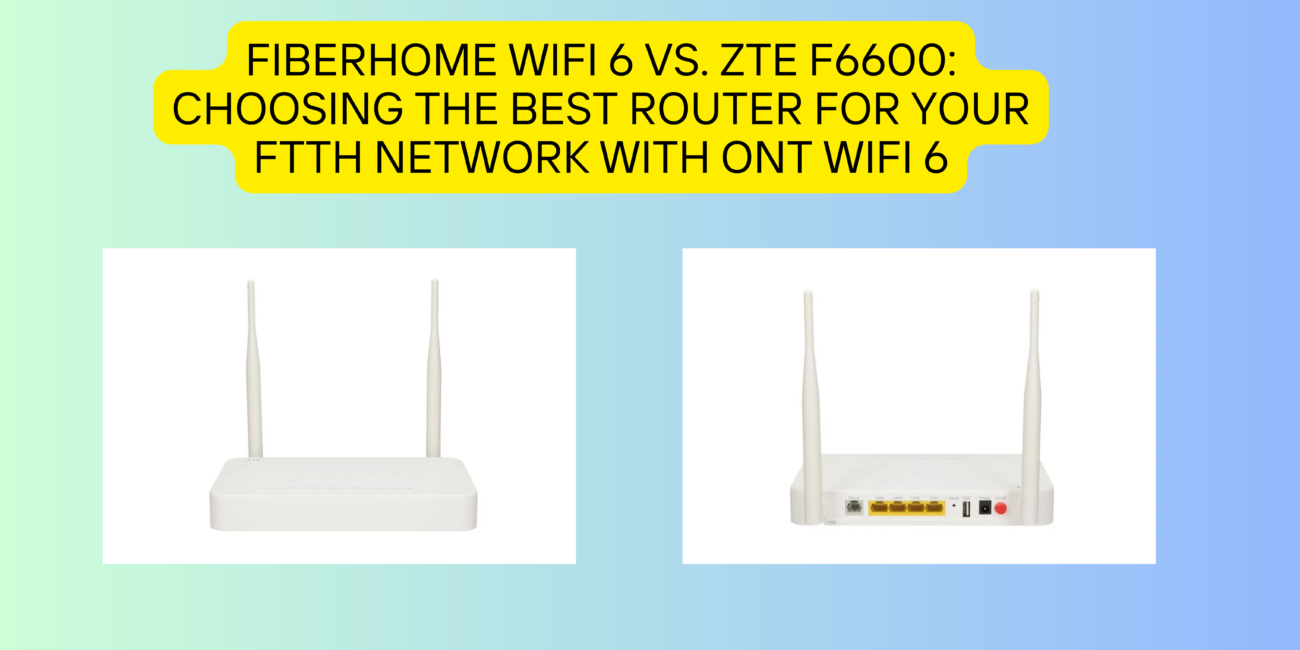Passive Optical Network (PON technology) has revolutionized high-speed broadband by enabling ultra-fast, fiber-based internet connections. As demand for faster and more reliable connectivity grows, the evolution of PON has accelerated, moving from traditional GPON to next-generation technologies such as 10G PON, 25G PON, and 50G PON. These advancements offer increased bandwidth, improved efficiency, and enhanced network capabilities. In this article, we explore the differences between these three PON generations, their benefits, and their impact on future broadband networks.
What is PON Technology?
PON technology is a fiber-optic network architecture that uses a single fiber to serve multiple users through passive splitters. Unlike traditional point-to-point networks, PON reduces infrastructure costs and power consumption while delivering high-speed internet, voice, and video services.
The primary advantage of PON lies in its scalability and efficiency, allowing service providers to upgrade speeds without extensive rewiring. Over the years, different generations of PON have emerged to meet increasing bandwidth demands.
10G PON Technology: The First Major Upgrade
Introduction to 10G PON
10G PON (10-Gigabit Passive Optical Network) was introduced as the successor to GPON (Gigabit PON). It brought a 10 Gbps downstream and 2.5 Gbps upstream speed capability, significantly enhancing broadband performance.
There are two main variations of 10G PON:
- XG-PON (10G GPON) – 10 Gbps downstream, 2.5 Gbps upstream
- XGS-PON (10G Symmetric PON) – 10 Gbps downstream and upstream
Advantages of 10G PON
- Higher Bandwidth – Supports ultra-HD streaming, cloud applications, and enterprise networking.
- Symmetric Data Transfer – XGS-PON allows businesses to benefit from equal upload and download speeds.
- Backward Compatibility – Works alongside GPON, enabling smooth network upgrades.
- Cost-Effective Scaling – Service providers can expand their networks without major infrastructure changes.
Use Cases of 10G PON
- Residential broadband with high-speed internet
- Business services requiring low latency
- 4K/8K video streaming, VR applications, and cloud gaming
- Enterprise networking and smart city projects
While 10G PON is widely deployed, increasing data demands have pushed the industry toward even faster solutions—25G PON and 50G PON.
25G PON Technology: Bridging the Gap Between 10G and 50G
Introduction to 25G PON
25G PON (25-Gigabit PON) is a mid-generation upgrade designed to offer speeds up to 25 Gbps, a significant leap from 10G PON. Developed by the 25GS-PON MSA (Multi-Source Agreement) group, it enables cost-efficient, high-speed fiber broadband without the need for drastic infrastructure changes.
Advantages of 25G PON
- Higher Throughput – Provides 2.5 times the speed of 10G PON, making it ideal for enterprise and data center connections.
- Optimized for 5G Backhaul – Essential for next-generation mobile networks, reducing congestion in data transmission.
- Cost-Effective Upgrade – Service providers can transition from XGS-PON to 25G PON using existing fiber infrastructure.
- Support for AI and Cloud Computing – Facilitates the increasing demand for cloud-based applications, AI workloads, and machine learning.
Use Cases of 25G PON
- 5G networks and data centers requiring high-speed fiber connectivity
- Smart factories and industrial automation
- AI-driven applications and cloud-based enterprise solutions
- Ultra-high-definition (UHD) video streaming and real-time gaming
With 25G PON, broadband networks become more resilient, offering a scalable solution for businesses and next-generation applications. However, as digital transformation continues, the need for even faster speeds leads to the development of 50G PON.
50G PON: The Future of Fiber Networks
Introduction to 50G PON
50G PON (50-Gigabit Passive Optical Network) is the latest and most advanced PON technology, delivering speeds up to 50 Gbps. It is being developed to support next-generation applications, including autonomous vehicles, smart cities, ultra-fast broadband, and 6G networks.
The ITU-T (International Telecommunication Union – Telecommunication Standardization Sector) has standardized 50G PON as part of the G.9804 series, setting a new benchmark for fiber networks.
Advantages of 50G PON
- Massive Bandwidth Upgrade – Offers 5 times the speed of 10G PON and double the speed of 25G PON.
- Support for 6G and IoT Ecosystems – Enables seamless communication between millions of connected devices.
- Low Latency and High Reliability – Critical for autonomous systems, smart cities, and industrial automation.
- Future-Proof Network Infrastructure – Reduces the need for frequent upgrades, ensuring long-term cost savings.
Use Cases of 50G PON
- Next-generation broadband for ultra-high-speed internet access
- 6G mobile backhaul and ultra-dense networks
- Smart transportation, including self-driving vehicles and AI-based traffic management
- Healthcare applications, such as remote surgery and AI-driven diagnostics
With 50G PON, the industry is paving the way for a hyper-connected, data-driven future, supporting massive data transfer, AI, IoT, and advanced telecommunications networks.
Comparison: 10G PON vs. 25G PON vs. 50G PON Technology
| Feature | 10G PON | 25G PON | 50G PON |
| Speed | Up to 10 Gbps | Up to 25 Gbps | Up to 50 Gbps |
| Main Use Cases | Residential, small businesses, streaming, gaming | 5G backhaul, AI, cloud computing, enterprise networks | 6G, autonomous vehicles, IoT, smart cities |
| Latency | Low | Very Low | Ultra-Low |
| Deployment Cost | Moderate | Higher than 10G | Highest, but future-proof |
| Availability | Widely deployed | Growing adoption | Emerging technology |
Conclusion: The Evolution of PON Technology
The evolution of PON technology has transformed broadband connectivity, enabling faster, more reliable, and cost-efficient networks. 10G PON laid the foundation for high-speed fiber internet, while 25G PON provided a critical upgrade for businesses and 5G infrastructure. Now, 50G PON is set to revolutionize the industry, supporting next-generation applications, AI, IoT, and 6G networks.
For ISPs, businesses, and enterprises, upgrading to higher-speed PON technologies ensures future-ready network infrastructure, reduced congestion, and superior performance. As demand for ultra-fast broadband, AI computing, and IoT expansion continues to grow, adopting 25G PON and 50G PON will become essential in staying competitive in the digital era.
If you’re looking to upgrade your fiber network with cutting-edge PON technology, now is the time to explore the potential of 10G PON, 25G PON, and 50G PON.
